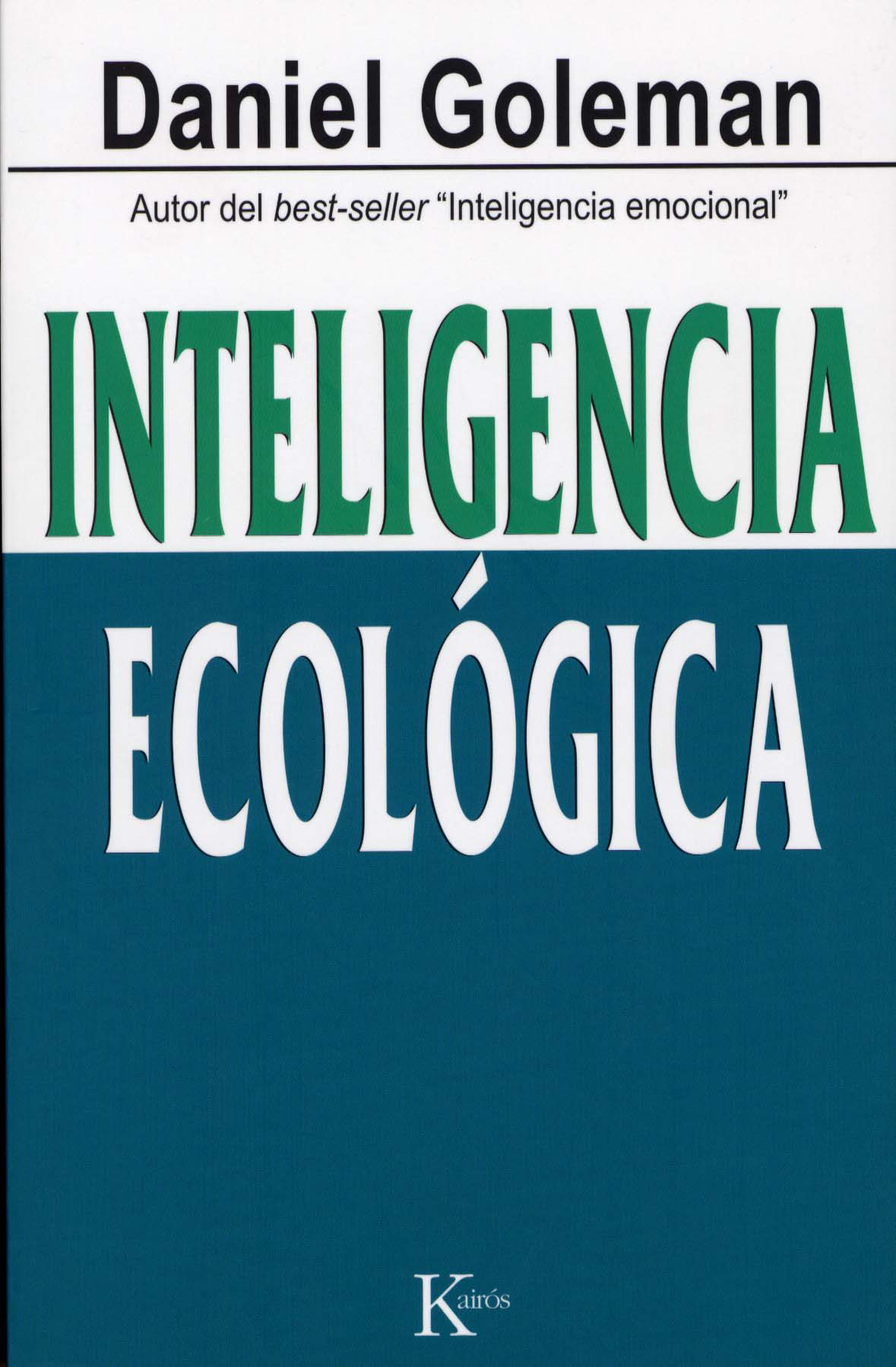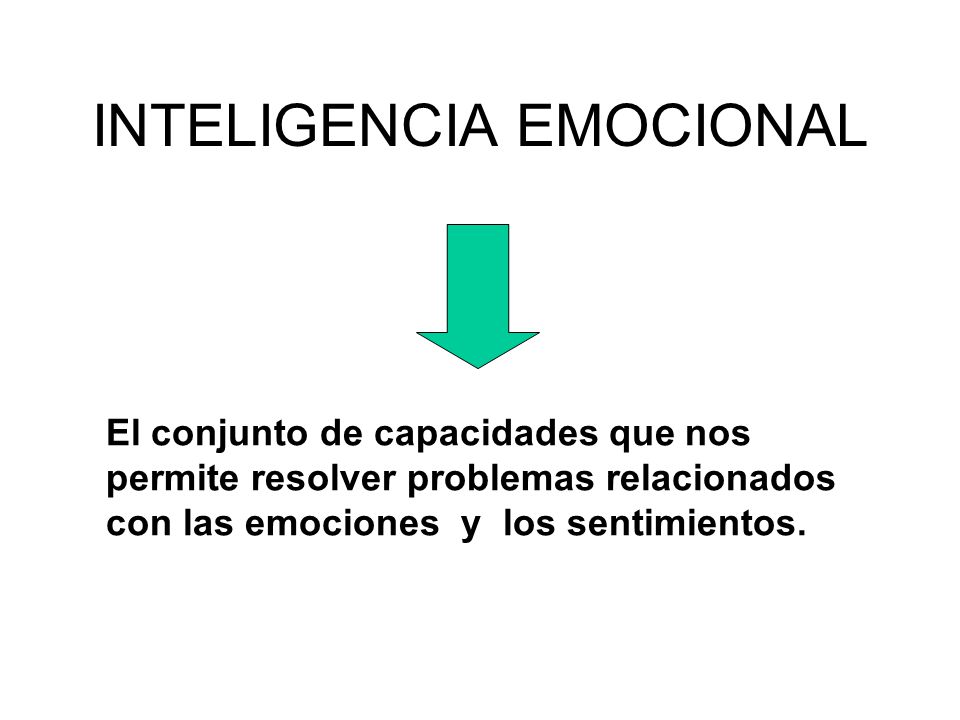

In 2002, UNESCO launched an international campaign to promote emotional learning in the classroom. The message is that no emotion is “wrong,” but certain ways of expressing those emotions or acting on them are indeed inappropriate. Teachers should be ready to talk about feelings in the classroom. Thus teachers must be able to recognize those children whose emotional literacy needs a boost. But EQ levels will vary widely, depending on each child’s home environment. The EQ of children starts developing long before they ever enter a classroom. There is an obvious connection to Goleman’s third, motivational component: learning stimulates curiosity and promotes feelings of satisfaction, even joy, when students immerse themselves in the process of assimilating new information. With a solid basis in emotional intelligence, academic performance - as well as behavior - improves. According to Goleman, bullying, disciplinary problems, violence and drug abuse are reduced in schools with a high EQ. There are very practical reasons to promote social and emotional learning in schools, from kindergarten through college.

Motivation - utilizing emotional factors to achieve goals, enjoy the learning process and persevere in the face of obstacles.Self-regulation - controlling or redirecting one’s emotions anticipating consequences before acting on impulse.Emotional self-awareness - knowing what one is feeling at any given time and understanding the impact those moods have on others.Goleman broadened Mayer’s and Salovey’s four-branch system to incorporate five essential elements of emotional intelligence - or EQ, the shorthand he sometimes uses:

Goleman’s five components of emotional intelligence It took a special kind of intelligence, Goleman said, to process emotional information and utilize it effectively - whether to facilitate good personal decisions, to resolve conflicts or to motivate oneself and others. IQ was still important, but intellect alone was no guarantee of adeptness in identifying one’s own emotions or the emotional expressions of others. In his eponymous book from 1995, he argued that existing definitions of intelligence needed to be reworked. Regulating one’s own emotions, for personal benefit and for the common goodĪs a science reporter for the New York Times, Goleman was exposed to Mayer’s and Salovey’s work and took the concept of emotional intelligence a step further.Understanding the information emotions convey and the actions emotions generate.Using emotions to guide cognitive thinking.Identifying emotions on a nonverbal level.They coined the term, emotional intelligence, which they broke down into four “branches”: In 1990, psychologists John Mayer (now at the University of New Hampshire) and Peter Salovey of Yale theorized that a unitary intelligence underlay those other skill sets. By the 1980s, psychologists and biologists, among others, were focusing on the important role other skill sets - needed to process emotional information - played in promoting worldly success, leadership, personal fulfillment and happy relationships. The history of emotional intelligenceįor decades, researchers have studied the reasons why a high IQ does not necessarily guarantee success in the classroom or the boardroom. In some schools, courses geared toward developing emotional intelligence are mandatory. As a result, tens of thousands of schools throughout the world currently incorporate “social and emotional learning” in their curricula. Thanks to Goleman, educators now recognize that emotional intelligence is every bit as important to learning as intellectual prowess or IQ.


 0 kommentar(er)
0 kommentar(er)
